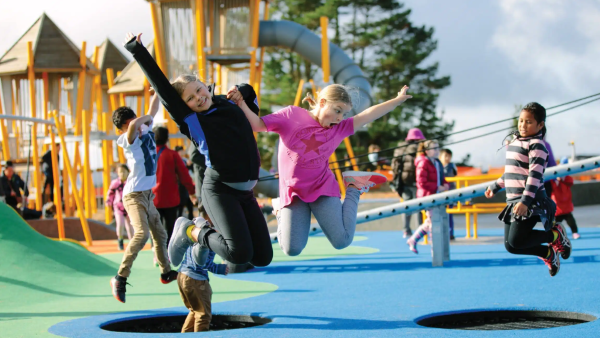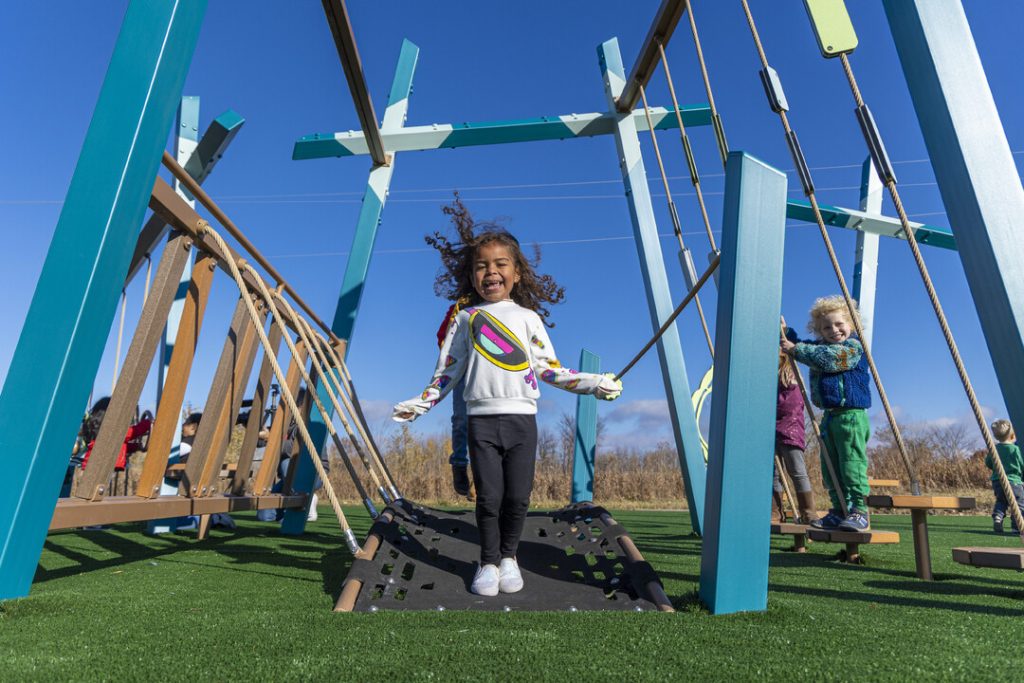
There has been a growing emphasis on the creation of spaces where all children can play. As mentioned, inclusive design is not just about accessibility but also enhances the whole sensory experience, particularly through the use of thoughtfully designed kids furniture play, which can benefit all children—including those with sensory processing disorders or disabilities.
Understanding Sensory Needs
How our brain interprets and responds to the information from sight, sound, touch, taste, and smell is called sensory processing. These sensations are being experienced differently by children with sensory processing disorders, which results in either an increased response or a decreased one. Inclusive kids’ furniture options meet these different needs through adjustable pieces designed to help children with various sensitivities and preferences, contributing towards a more supportive as well as inspiring environment.
Enhancing Tactile Sensations
The most prominent sensory advantage of universal design furniture is that it offers a variety of touch opportunities. Touch—the furniture here must be varied in texture from soft to bumpy, lumpy and smooth so as to give different experiences of touch for children. This variety encourages sensory exploration and is great for tactile seekers/avoiders.

A Vision to Feast and Heil
Colors, along with design, affect our visual setting greatly. This may include a variety of colors and patterns, as seen in many inclusive kids furniture designs. Some children may find bright, contrasting colors more appealing, while others prefer softer, muted tones. In addition to this, making use of visual appearances—patterns or shapes—in the aesthetics of furniture design can help keep a child entertained and focused at home.
Acoustic Considerations
Another key item in sensory design is sound sensitivity. Designers suggest that kids’ furniture, when crafted with sound-absorbing materials and elements that reduce noise levels, can create a quieter atmosphere. For example, furniture or padded play equipment that can soften the sound of noisy children will be an advantage for those kids who are sensitive to noise.
Encouraging Exercise and Stability
Sensory integration requires more than just perception and response; it also entails an active participation in shaping our world. For kids who are seeking vestibular input, having furniture that allows them to balance and move can be especially helpful. Experts also recommend that items not immediately needed, such as rocking chairs or balance boards, can enhance physical activity and provide additional sensory input, especially when combined with climbing structures.
Promoting Social Activity
Furniture with a more inclusive stylistic tendencies encourages social interaction, and such experiences are crucial when it comes to sensory development. Children learn to develop social skills while playing together, so consider furniture arrangements that will let the group play or work on things together.
But the sensory advantages of inclusive kids’ furniture go well beyond comfort; they are essential to creating play spaces that encourage and support every child. The inclusive design—one that satisfies touch, sight, sound, and movement experiences—ensures that every child can fully engage with the kids furniture play and interact meaningfully within the space provided.